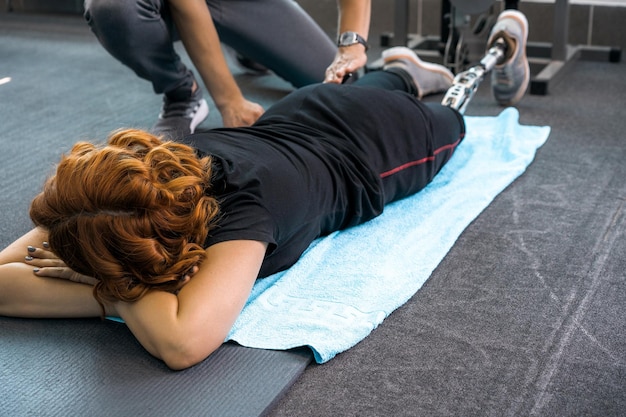Building endurance doesn’t require a gym membership, expensive gear, or hours of training. In fact, many people unknowingly sabotage their progress with simple, avoidable mistakes—especially when juggling busy schedules or traveling. Whether you're a frequent flyer, digital nomad, or just trying to stay fit between work and family, this guide reveals the 15 most common endurance pitfalls and how to overcome them with minimal equipment and maximum real-world practicality.
Even with limited time, skipping warm-ups increases injury risk and reduces performance. A 5-minute dynamic warm-up (arm circles, leg swings, light jogging in place) prepares your body for activity. Similarly, cooling down helps with recovery. No gear needed—just space to move.

Going all-out once a week won’t build lasting endurance. Consistent, moderate effort over time is more effective than sporadic intense sessions. Aim for 3–5 short workouts weekly, even if only 20 minutes long.
Dehydration reduces stamina fast. Carry a reusable water bottle and sip throughout the day. When traveling, especially on planes or in hot climates, increase intake to compensate for dry air and heat.
Endurance gains happen during recovery. Poor sleep disrupts hormone balance and reduces aerobic capacity. Prioritize 7–8 hours nightly. Use blackout curtains, earplugs, or white noise apps when traveling to maintain sleep hygiene.
Many people breathe shallowly during exercise, limiting oxygen flow. Practice diaphragmatic breathing: inhale deeply through the nose, expanding the belly, and exhale fully. This improves stamina and reduces fatigue, especially during cardio.
Doing only running or cycling can lead to plateaus. Mix in bodyweight circuits, stair climbing, or brisk walking. Cross-training builds balanced endurance and prevents burnout—perfect for travelers with limited gear.

Without tracking, it’s hard to stay motivated. Use a simple journal or app to log workout duration, perceived effort, and how you felt. Small wins add up and keep you accountable.
Fuel matters. Under-eating deprives your body of energy, while eating a heavy meal right before exercise causes discomfort. Opt for a light, carb-rich snack (banana, oatmeal) 30–60 minutes before training.
More isn’t always better. Pushing too hard without rest leads to burnout and injury. Schedule at least one full rest day weekly. Active recovery—like walking or stretching—also helps maintain momentum.
Slouching while walking or running reduces efficiency and strains joints. Focus on standing tall, engaging your core, and landing softly. Good form maximizes endurance and prevents long-term issues.
Stress and mental exhaustion impact physical performance. Practice mindfulness, deep breathing, or short meditation sessions. Even 5 minutes daily can improve focus and stamina.
Travelers often face altitude, heat, or humidity. Give your body 2–3 days to adjust before pushing intensity. Walk before running, hydrate more, and listen to your body’s signals.

Worn-out or unsupportive shoes increase injury risk and reduce efficiency. Invest in one pair of versatile, comfortable shoes suitable for walking, light running, and gym use—ideal for packing light.
While cardio builds aerobic endurance, strength training improves muscular stamina. Incorporate bodyweight exercises like squats, lunges, and push-ups 2–3 times a week. They require no gear and boost overall endurance.
Endurance builds gradually. Impatience leads to frustration and quitting. Celebrate small improvements—like walking longer or recovering faster. Trust the process, especially when life gets busy or travel disrupts routines.
The best endurance routine is one you can stick to—no matter your schedule or location. By avoiding these 15 common mistakes, you’ll make steady progress with minimal gear and maximum flexibility. Focus on consistency, recovery, and smart habits, and you’ll build lasting stamina that travels with you—literally.

Fitness

Fitness

Fitness

Fitness

Fitness

Fitness

Fitness

Fitness

Fitness

Fitness

Fitness

Fitness

Health

Fitness

Health

Health